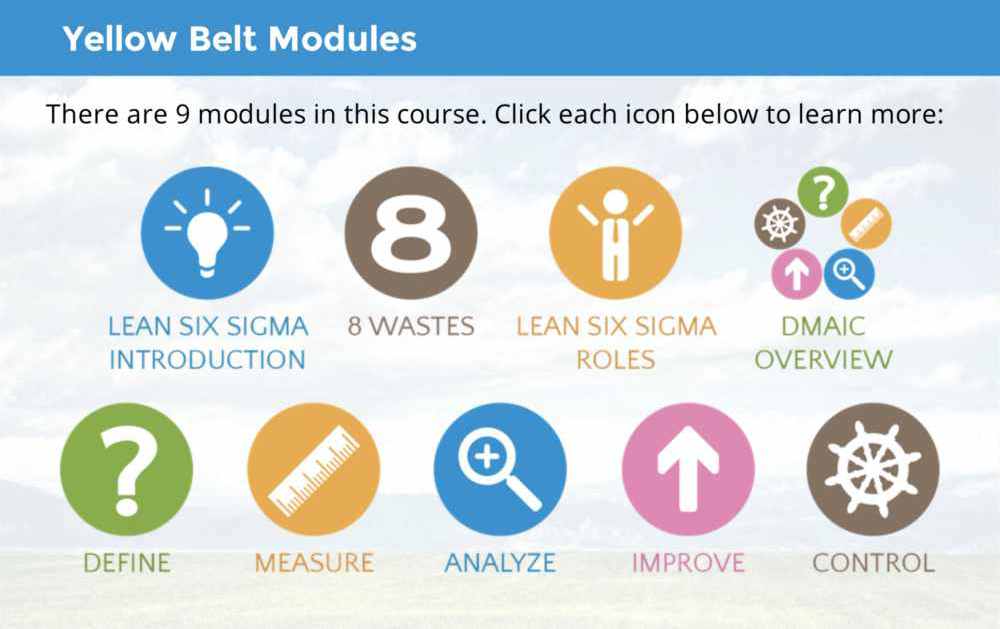CONFINED SPACE SAFETY

What is a Confined Space?
A confined space is a space that is completely or partially enclosed:
Which is not designed to be occupied by people, nor intended to do so, but which, when the need
arises, may be occupied for the execution of work.
Which has limited means for entrance and exit.
Example: Ditches, tanks, bins, chemical reactors, sewer manholes, narrow and long sewer pipeline
or any other pipe line, channels, underground maintenance spaces, etc..
Main risk relating to confined space ?
Asphyxia due to oxygen deficiency or an access of other harmful gases (CO2, CO, CH4, NOx etc.) Replacement of the oxygen by other gases during blow-down, seepage or inerting operations.
-
Fire or Explosion from flammable vapours, High temperature leading to increase a body
temperature.
- Poisonous gases, fumes or vapours these can
- Build up in sewers and manholes and in pits connected to the system.
- Enter tanks or vessels from connecting pipe.
- Leak into trenches & pits from contaminated land.
- Residue left in tanks, vessel etc.. Which can give off hazardous gases, fumes or vapours.
- Drowning of workers arising from an increase in the level of liquid.
- Hazardous gases, fumes or vapours can arise from welding, or by use of volatile & flammable solvents, adhesives etc.
Note: All Hot work activities involving cutting, grinding, welding inside a confined space shall only be carried out under the supervision of an competent person.


Safe System of work
A experienced person should be appointed to carry out a risk assessment of the conditions & the work to be conducted in the confined space & identify the necessary safety precautions to be taken according to the findings to avoid posing hazards to workers. Make sure that the safe system of work , including the precautions identified is developed & put into practice.

Authorization of Personnel and Training
Personnel that need to enter in a confined space have to be mandatorily authorised by their
hierarchical superior. This authorisation consists in:
Ensuring their physical and psychological ability by subjecting them to a prior Medical
Fitness for working in confined space. The Medical Fitness needs to be planned initially,
for workers selected to work in confined space & subsequently by annual basis.
Training for risks relating to their activity, protective measures, the use of personal
protective devices, operating procedures, safety precautions, rescue and first aid
instructions.
Training shall includes following points mainly Procedure, Hazard & Risk associated with
confined space, Use of full body safety harness, life line, Multi Gas Detector, Emergency
Escape Breathing Apparatus, Rescue procedure etc…
Personal & Collective Protective Equipment
- The personnel entraining in a confined space shall be mandatorily equipped with working &
protective equipment's.
- Prior to entry into confined space it is mandatory to monitor the inside atmospheric conditions from out side with the help of multi gas detector to ensure the confined space atmosphere is safe for entry.
- A person who is going first inside the confined space & leading the crew only after ensuring that all gases concentrations are within a permissible limit must carry the multi gas detector for continuous monitoring of the work area atmosphere.
- Blowers, Fall-arresting device (safety harness for each entrants)
- Emergency escape breathing apparatus (20 minutes’ duration) for each entrants.
- Tri pod (if required), Adequate access / egress
- Safety Helmet, Gumboots/safety shoes, Hand gloves, working clothes, safety glasses etc..
- No portable electric light or any other electric appliance of voltage exceeding 24 volts shall be used inside any chamber, tank, sewer manhole, pipeline or other confined space.

Appoint suitable person for the work
Suitable workers should meet the following requirements
- Have received confined space training.
- Have sufficient experience in the type of work to be carried out.
- Have a suitable built build for the work if the risk assessment highlights exceptional constraints as a result of the physical layout & Medically fit for work inside a confined space.
Cleaning before entry
Cleaning and blow-down are preparatory operations prior to entry into the confined space. As far as possible, cleaning and discharge of residues are done from outside, without entering the confined space. It is prohibited to stick one’s head into an opening of the confined space in order to take a look inside.
Isolation
Disconnect & properly lock off all the source of electrical, mechanical, chemical energy that could cause hazards in a confined space; blank off/isolate pipelines and service pipes with contents that could cause hazards; take effective step to prevent an ingress to the confined space of hazardous gas, vapour, dust, fume or free flowing solid & liquid.
Provision of Ventilation
Increase the number of openings to improve ventilation. Mechanical ventilation is necessary to ensure an adequate supply of air. Don't use oxygen to freshen the air inside the confined space as this will greatly increase the risk of fire or explosion. Before entering into it, the confined space is ventilated. The ventilation is maintained up to the whole duration of work.

Check
Is the entrance big enough to allow workers to get in & out easily, & provide safe access & egress in an emergency?
Testing the Air or Gas Monitoring
This is necessary in order to check that the air is free from both toxic and flammable gases, and that there is no deficiency in oxygen and the air is fit to breathe before entering into confined space. Testing should be carried out by a experienced person using a suitable multi gas detector which is correctly calibrated. Continuous air monitoring is necessary in all confined space.
Respiratory protection
Entry into a confined space is strictly prohibited if the conditions are abnormal even after draining, cleaning, blow-down and ventilation of the space. As a result, permanent respiratory protection is normally not required. However, every confined space entrant must takes along with him an emergency escape breathing apparatus while entering into confined spaces.
The emergency escape breathing apparatus is a respiratory protection with an internal provision for breathable air with a limited operation duration of about 15 to 20 minutes generally, enough for leaving the enclosure in case toxic or flammable gases are detected, or in case of oxygen deficiency. It completely isolates the person wearing it from the atmosphere around.
The emergency escape breathing apparatus is not designed for normal work but is meant only for evacuation.
Communications
Wherever visual contacts is not possible at confined spaces an adequate two way communication system shall be made. So in case of an emergency, call be communicated from inside the confined space to people outside & vice versa.
Confined Space Attendant
When work is being carried out in a confined space, an experience confined space attendant must be stationed outside the confined space to maintain the communication with the worker inside.
Security of Confined Space
Confined space shall be adequately secured with adequate warning signs for restricting unauthorised entry.
Emergency Plan
To deal with any serious & imminent danger to workers inside a confined space, appropriate emergency procedures should be formulated & implemented according to the nature of confined space, the risk involved & the nature of an emergency rescue.


